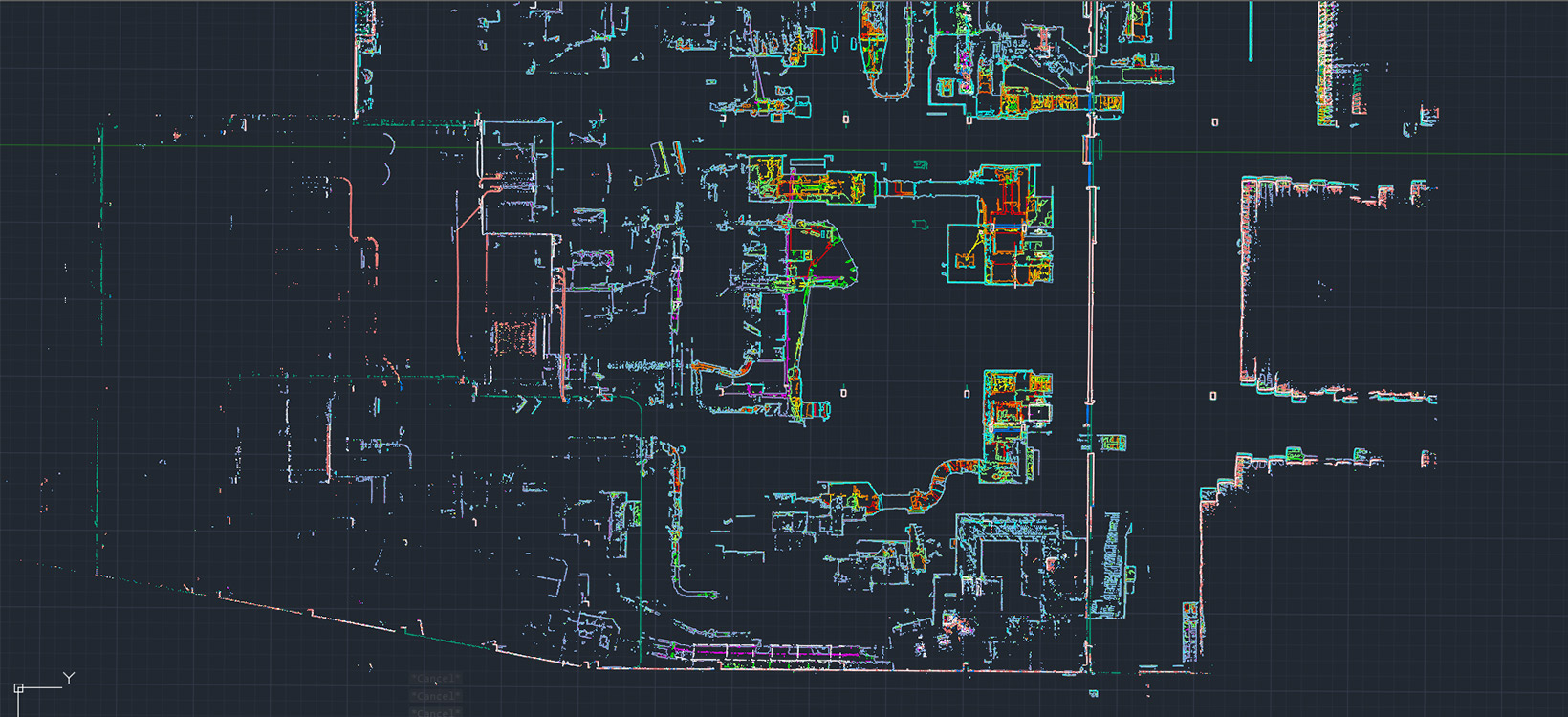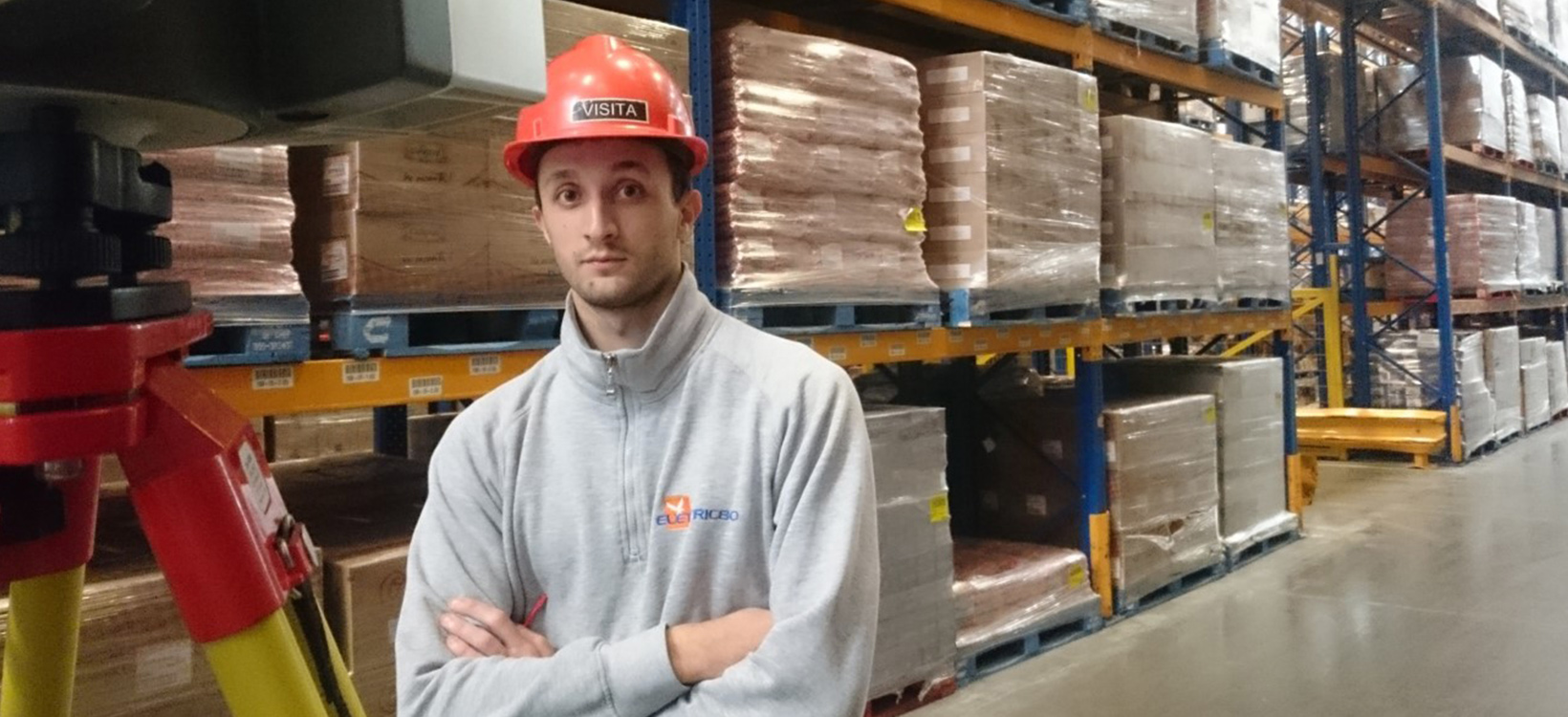Revolutionising Smart Factories with reality capture
Customer profile

Author: Renata Barradas Gutiérrez
Productivity and sustainability – these are the forces driving the need for connectivity and integration of technologies within the manufacturing processes. This integration, known as the Smart Factory, drives automated and connected factories, increasing productivity and value across all the supply network.
In autonomous connected ecosystems, data is connected seamlessly, converging the physical and digital worlds, and building intelligence into all processes. Autonomous connected factories, or Smart Factories, learn and adapt quickly to changing conditions in real time, pursuing perfect quality with optimised design, requiring fewer inputs and producing zero waste.
Digital copies of the physical world are one of the key elements of a Smart Factory. To manage and monitor physical processes in an autonomous decentralised way, numerous technologies need to be orchestrated within copies of the physical world.
Mirroring the physical world for automation

Elettric80, a leading company specialised in the implementation of flexible and modular integrated automation solutions for high-volume consumer products manufacturers, uses 3D reality capture to design modern automated warehouses. This Italian company has installed more than 2,000 automatic systems all around the world, earning worldwide recognition as one of the market leaders in integrated automation solutions.
“The use of the 3D laser scanning is becoming a standard in all our installations. With the digitalisation of the environment, we are able to develop and ‘virtually deploy’ our systems, so we can anticipate problems that may arise from the integration within the existing environment,” said Vittorio Cavirani, general manager at Elettric80.
To design and build effective and safe factories designed according to the manufacturer’s application needs, Elettric80 experts digitalise each plant before design and development. Using a combination of Leica Geosystems’ laser scanners and a total station, experts can produce various deliverables, including 2D layouts, 3D meshes and models to:
- Plant layout validation.
- Design and optimise trajectories and safety areas for Autonomous Guided Vehicles (AGVs) based on the available space and prevent vehicle collision.
- Place robot workcell respecting the actual clearances of the environment.
- Automatically extract operation points (points where the autonomous vehicles perform tasks, such as pallet pick-up and drop).
- Perform a ‘virtual deployment’ by moving vehicles within the digital models.
- Complete ground quality inspection.
“The design of modern automated warehouses is a complex task that requires detailed and accurate models of industrial buildings. The common approach to update existing 2D floor plans is to perform surveys based on sparse measures, taken by hand-held instruments, such as laser distance meters, or total stations. Although these instruments provide very accurate point-to-point measures, the amount of data that can be acquired may not be sufficient, resulting in high costs and delays,” said Mikhail Giorgini, R&D project leader at Elettric80. “Therefore, Elettric80 decided to apply 3D terrestrial laser scanning technology to overcome the limitations of traditional surveys. Thanks to this workflow, the real deployment of the plant becomes a straightforward and low-risk phase.”
The basis for automation

Automated warehouses include AGVs that move along predefined paths, as well as fixed robot workcells. To automate palletizing robots, a wide range of Laser Guided Vehicles, high-speed robotic stretch wrappers, pallet control systems, robotic labellers, wrapping and labelling systems among other, designers need to have a full understanding of the built environment and work on actionable models that mirror reality.
“We adopted a novel workflow for the design of automated warehouses that improved the traditional development process by performing a 3D survey that combines terrestrial laser scanners and a total station. Then extracted high-level information about the environment, exploiting innovative algorithms for large-scale point cloud processing,” said Giorgini.
The reality capture solution used by Elettric80 consists of:
- Leica Nova TS60 total station
- Leica ScanStation P30 high-definition 3D laser scanner
- Leica RTC360 3D laser scanner
- Leica BLK360 imaging laser scanner
- Leica Cyclone REGISTER point cloud registration software
The RTC360 and P30 ScanStation are used for large-scale 3D surveys in conjunction with a TS60 total station for control point measurements. The BLK360 is used for preliminary surveys. The team registers scanned data in Cyclone REGISTER and re-imports data into Elettric80’s proprietary software.
With a need to handle data at a large scale, the Italian company selected Leica Geosystems due to the high precision, reliability and worldwide support offered. “Leica Geosystems provides a state-of-the-art solution - both in terms of precision and reliability - when it comes to data acquisition. When we had some problems, we have always been assisted and we always have been able to get the job done, even in challenging scenarios,” said Fabio Oleari, R&D team leader at Elettric80.
A shared belief – empowering an autonomous future

Shaping urban and production ecosystems to become increasingly connected and autonomous is a goal that both Hexagon and Elettric80 are fulfilling.
Having a complete 3D model of a warehouse has helped Elettric80 to improve operational efficiency through optimisation of design, production routes, management of maintenance and positioning of machines. By integrating reality capture into its processes, experts know what is there without accessing the site, opening a competitive advantage.
“We’ll continue to invest in 3D survey solutions to further reduce the deployment time of our custom solutions,” said Domenico Di Terlizzi, R&D manager at Elettric80. “The benefits of this project have been disruptive, and drastically changed the way Elettric80 meets the needs of its customers.”

























